Pacing in Webcomics: A Primer
By Izzy “Strontium” HallA fast-paced thriller. A slow-burn drama. A bloated third act. A volume-long fight scene. A story likely popped in your head when you read those descriptions, right? These are all examples of pacing—the speed at which a story unfolds. It’s the equivalent of tempo in music: just as you have your fast-paced bangers and your slow, emotional ballads, there are slow-paced stories and fast-paced stories.
It's All About Tempo
Webcomics are a serialized medium, meaning they tell their story in successive parts, rather than all at once. This makes webcomic pacing more complicated than it would be for a movie or a book.
When you watch a movie or read a book, you experience the whole story in one sitting. In contrast, webcomic readers are getting a small slice of the narrative at a time, often over many years. Good webcomic pacing requires the creator to think both about the immediate future and the long game. You need to balance what’s happening on the next ten pages with where the story is headed in the next five chapters.
A common conceptualization of webcomic pacing breaks a complete story down into arcs, chapters and scenes. Narrative arcs (or parts or acts) are the meaty segments of the plot. An arc consists of several chapters, which develop the arc’s narrative. Chapters are made up of scenes, and scenes are further broken down into individual pages.
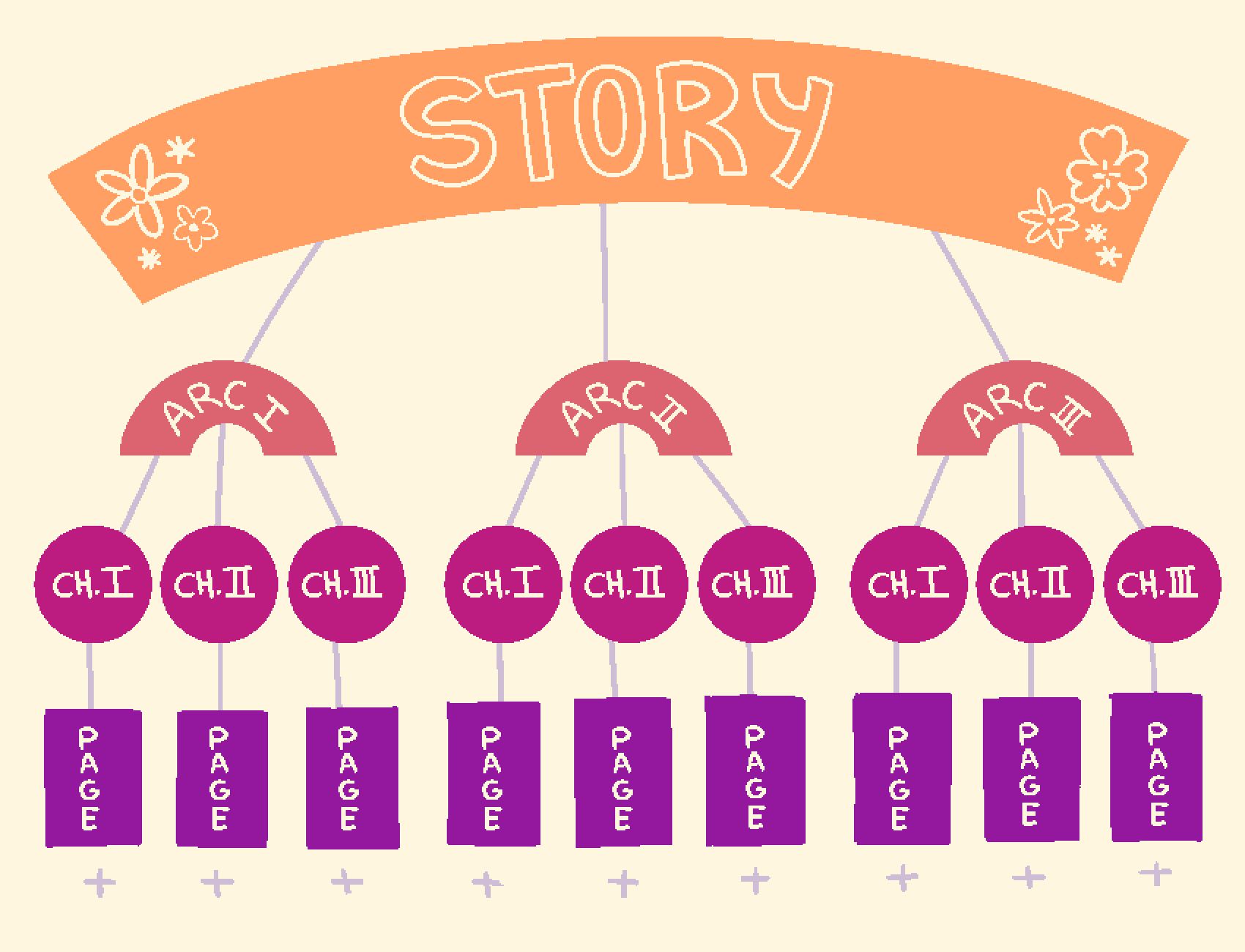
You build your comic in the opposite direction. Pages flesh out a scene. A grouping of scenes becomes a chapter, and a grouping of chapters becomes an arc. With persistence, drive and good planning, your complete story will take shape.
It’s common for creators to feel frustrated or even demoralized with how long it takes to tell a webcomic’s story. That’s why it’s important to pull back and evaluate your story as a complete work, even if that point is still years away. Remember, webcomics are a marathon, not a sprint! Visualize that finish line in your head with every step you take, and you’ll find yourself enjoying the journey that much more.
Making Each Update Count
Webcomics certainly aren’t the only serialized storytelling medium—there are serialized web novels and podcasts (like Serial!). What sets webcomics apart is the amount of content in every installment of the story.
Imagine reading a web novel in single-page installments. Or listening to just five minutes of a podcast episode. You’d feel like the story wasn’t getting anywhere, right? But that’s the reader’s experience when a webcomic updates one page at a time. To keep an audience invested between webcomic updates, you have to make every single page count.
The general rule of thumb for pacing each installment is to leave the reader in suspense. “Suspense” doesn’t necessarily mean a character in mortal peril. Small moments of narrative tension, like a conversation interrupted by someone off-page, two characters about to kiss, or the reveal of a beautiful sight, can keep the audience curious enough to come back for the next update.
So, How Should You Pace Your Comic?
There’s no one-size-fits-all approach to telling a story. Some stories are meant to be page-turners, while others benefit from a more measured pace. Whatever pace you arrive at for your webcomic, here are some best practices to follow:
- Skip the prologue: Introduce the audience to the main characters and their lives before going deep into the lore and history of your story’s world.
- Keep scenes moving: Long scenes have their purpose, but don’t let one take up an entire chapter.
- Break up dialogue: Show characters emoting and acting during heavy dialogue scenes.
- Give important moments time: When something story- or character-critical happens, slow down the pacing to give it time to breathe.
- Keep the audience in mind: If something is really interesting to you, the creator, but not important for the audience to know, consider cutting it. Remember the Rule of Conservation of Detail!
Another way to learn webcomic pacing is by reading completed comics. As you read, pay attention to how each page moves the overall story forward. You'll start to see patterns and find what works for you. The Webcomics Travelogue staff recommends the following finished comics:
- Back
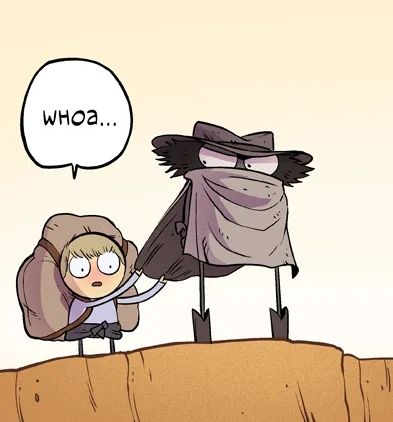
- By Anthony Clark & KC Green
A western/fantasy about the end of the world. Not post apocalyptic just the end of it all.
- Check, Please!
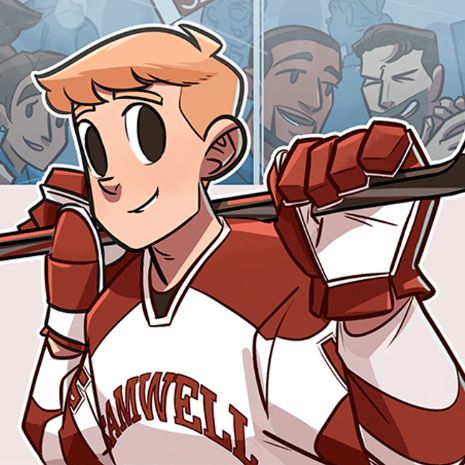
- By Ngozi
Follow Eric "Bitty" Bittle, a former Georgia figure skating champion, vlogger extraordinaire, and master baker as he plays hockey at Samwell University.
- Demon
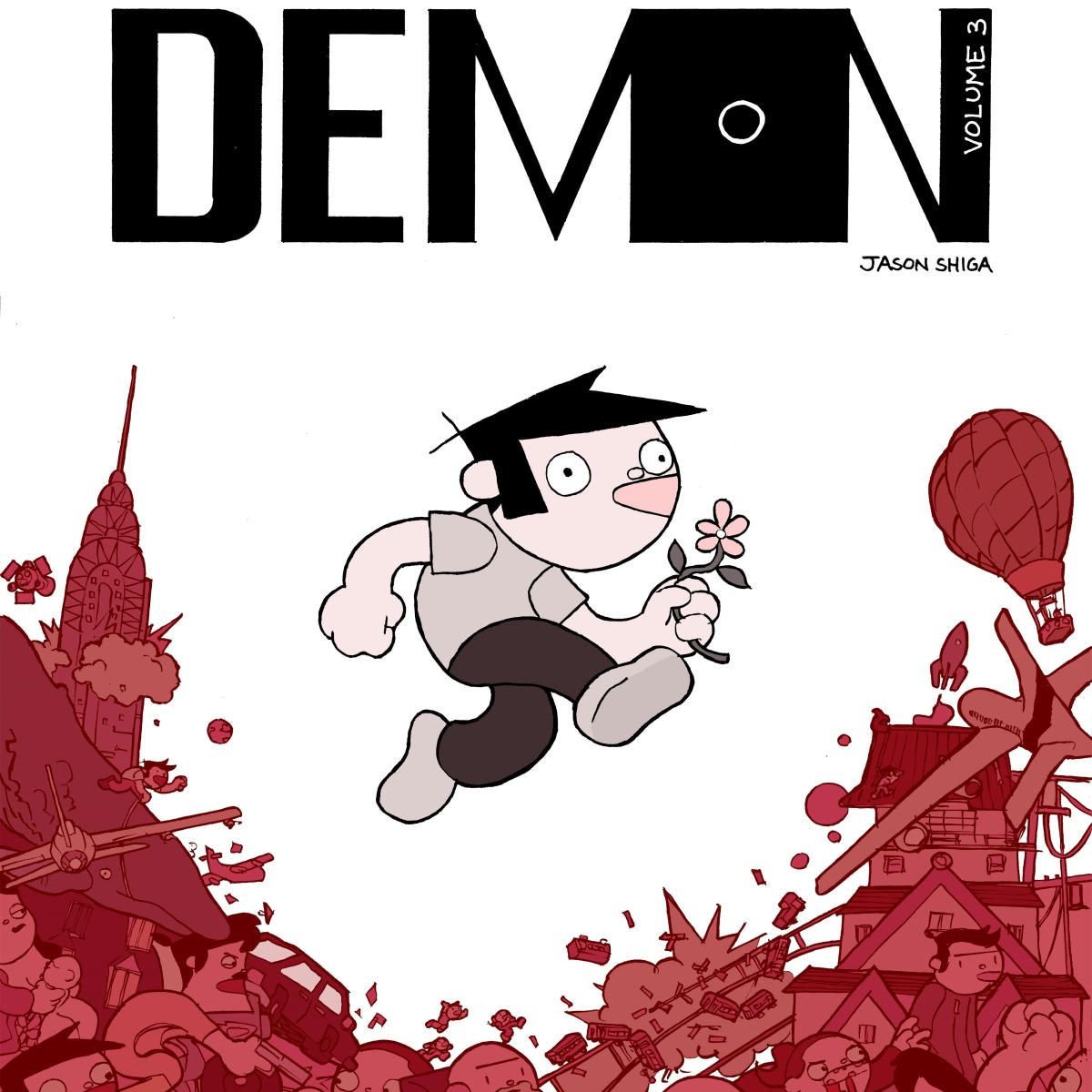
- By Jason Shiga
Demon, by Jason Shiga, is a brilliant and profane four-volume magnum opus about the unspeakable chaos that one indestructible man can unleash on the world—and the astronomical body count he leaves behind.
- Mare Internum
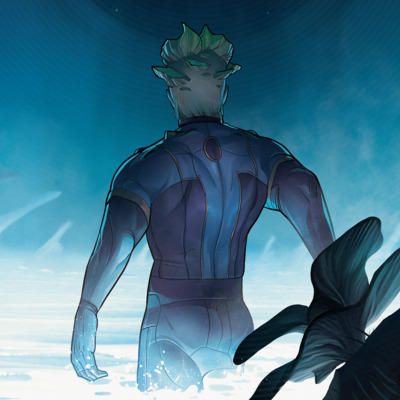
- By Der-shing Helmer
Mare Internum is an award-winning online science fiction graphic novel about the isolated inhabitants of the planet Mars, and the ability of life to persist through darkness.
- O Human Star

- By Blue Delliquanti
Alastair Sterling was the inventor who sparked the robot revolution. And because of his sudden death, he didn't see any of it. That is, until he wakes up 16 years later in a robot body that matches his old one exactly. Until he steps outside and finds a world utterly unlike the one he left behind – a world where robots live alongside their human neighbors and coexist in their cities. A world he helped create. Now Al must track down his old partner Brendan to find out who is responsible for Al's unexpected resurrection, but their reunion raises even more questions. Like who the robot living with Brendan is. And why she looks like Al. And how much of the past should stay in the past...
- Of Swamp & Sea

- By Mia Jay Boulton and Laurel Boulton
When a monster hunt gone wrong sets two strangers on the same path, they discover their relationship may be more than strictly professional. Enter a world of dangerous beasts, dark magic, and perilous circumstance. When everyone has their secrets, the truth is as murky as the waters of the deepest swamp.
- The Phoenix Requiem
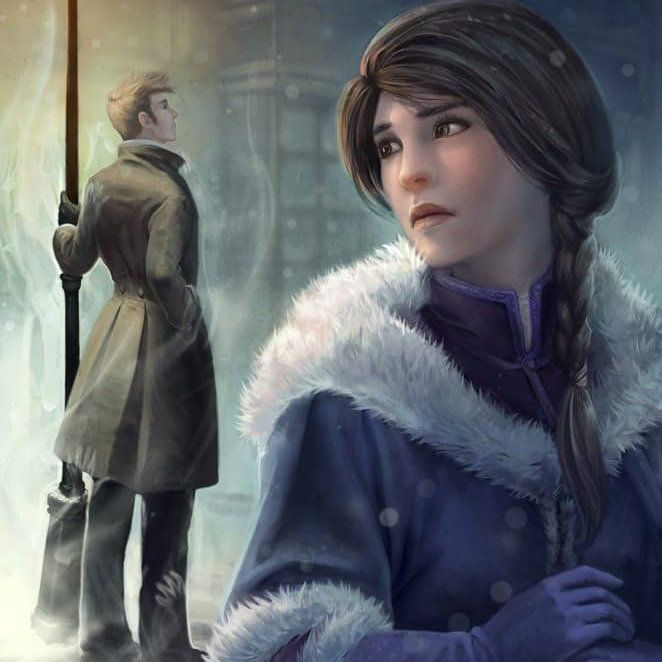
- By Sarah Ellerton
On a cold December night, a gentleman stumbles into the town of Esk, gunshot wounds leaving a trail of blood in the snow behind him. Despite making a full recovery at the hands of an inexperienced nurse - and deciding to make a new life for himself in the town - he is unable to escape the supernatural beings, both good and bad, that seem to follow him like shadows.
As they try to discover why, the nurse must question her beliefs and risk her own life in order to protect her family, her friends, and those that she loves.
- Plume
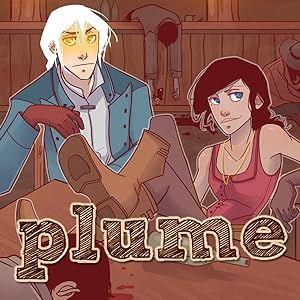
- By K. Lynn Smith
Plume is a western adventure about Vesper Grey and her supernatural (and reluctant) guardian Corrick. On their way to recover some stolen artifacts, they start to learn the gritty truth about the past and how far they’re willing to go to amend it.
- The Sword Interval
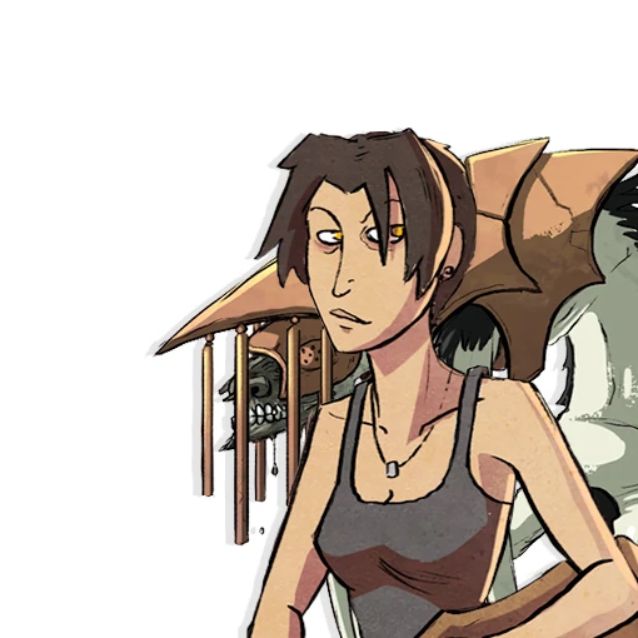
- By Benjamin Fleuter
The Sword Interval is about a world on the verge of a supernatural apocalypse. Most of humanity goes about their daily lives trying to ignore the constant threat of magic and monsters, but a few face these dangers head-on. Fall is one such person. She has left behind the sheltered safety of the paranormal witness protection program in order to hunt down the monster that killed her family.
Our #completed tag houses even more finished webcomics for you to browse. For more discussion on pacing, check out the Screen Tones podcast!
Izzy “Strontium” Hall is a cartoonist, writer and creator of Heroes of Thantopolis. Follow them on tumblr or Bluesky.